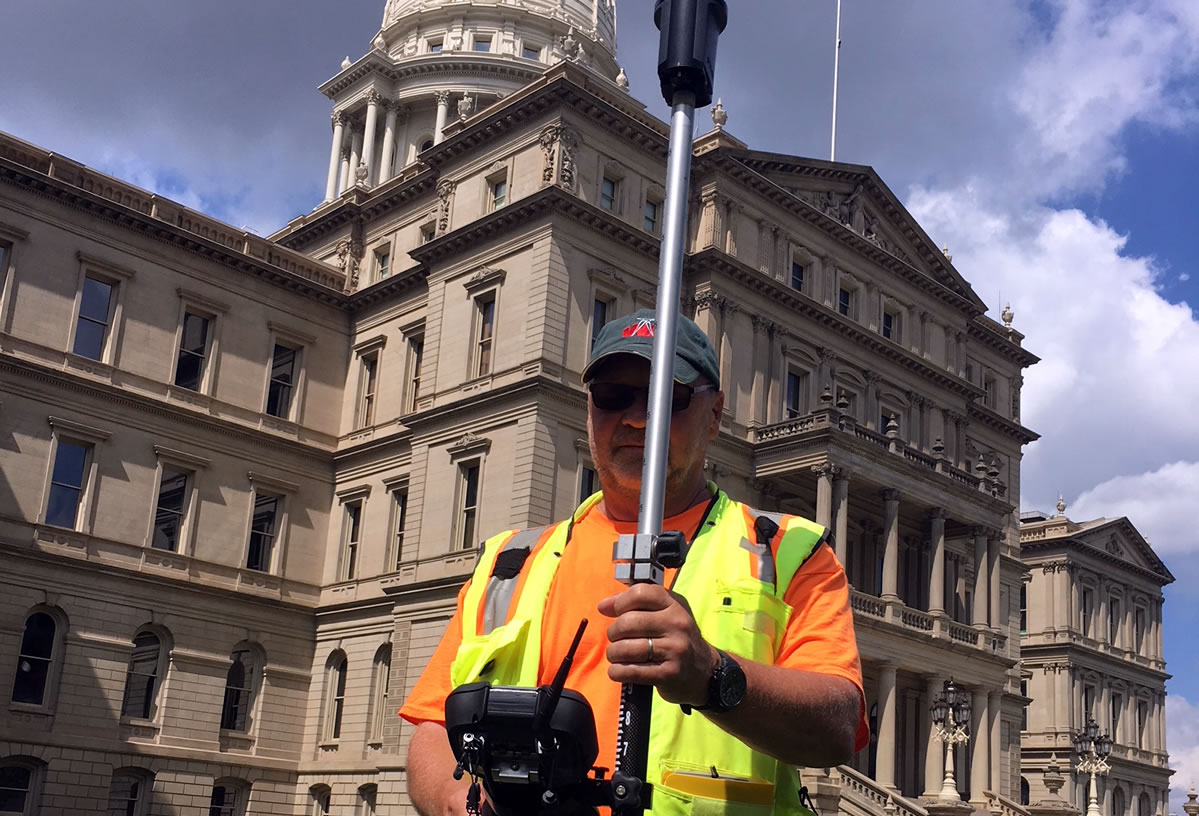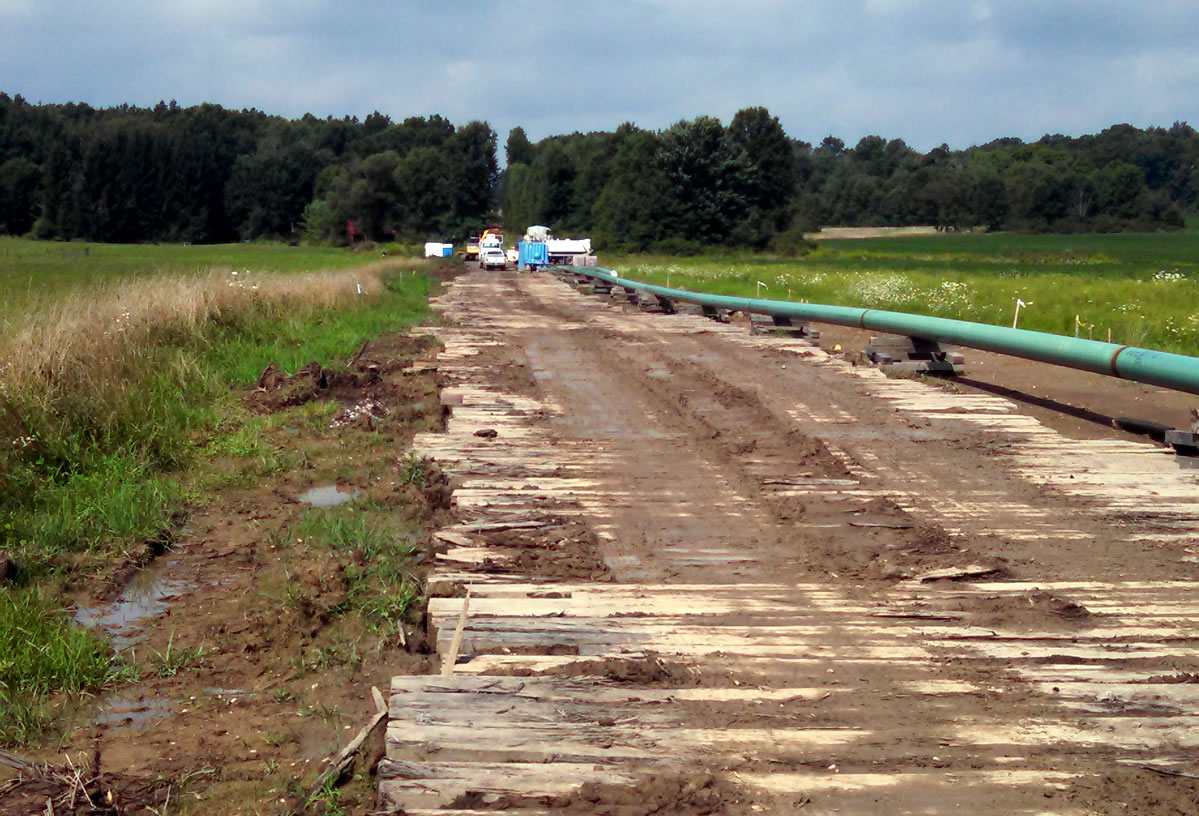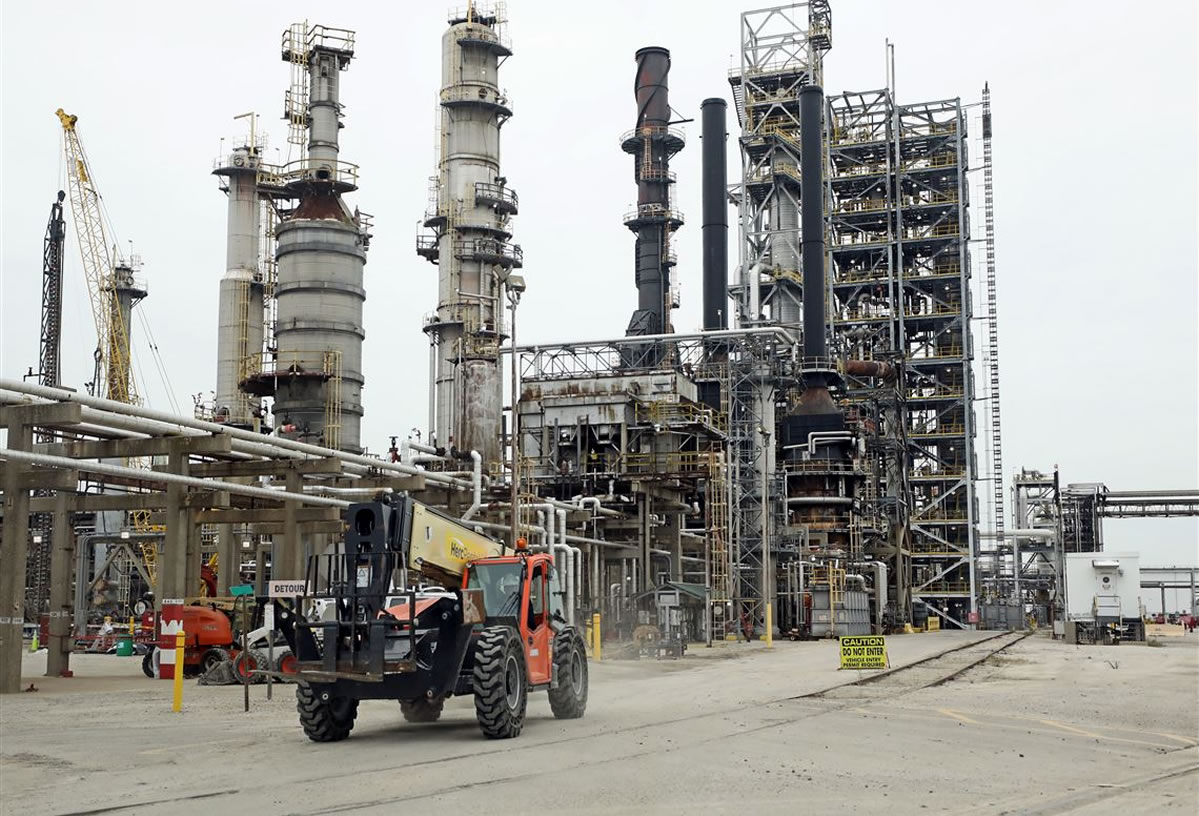
MI State Capitol
The most comprehensive renovation to the State of Michigan Capitol Building since its construction in 1871.

Sunoco Pipeline
Sunoco Logistics planned this installation of a 180-mile petroleum pipeline from Ohio to Pennsylvania.

BP Toledo Refinery
BP planned to install a 3-mile pipeline from their Toledo Refinery to a loading dock on the shore of the Maumee River.
Michigan State Capitol
The State of Michigan hired The Christman Company to undertake the most comprehensive renovation to the State of Michigan Capitol Building since its construction in 1871. The ongoing project includes renovations to the existing entrance and dome; subsurface visitor center; office and annex expansions; utility and data upgrades; surface parking, and geothermal heating system.
To plan this monumental task, The Christman Company soon realized that they needed to know exactly where all the hundreds of utilities on the approximately 14-acre site were located. MISS Dig and the other utility owners were consulted, and it was soon determined that the stacks of plans and drawings dating back decades were either incomplete, incorrect, or just plain confusing. Christman had worked with Wolverine Engineers and Surveyors, Inc. previously and elected to perform a Level B Subsurface Utility Engineering (SUE) Investigation with the ultimate goal of preparing an all-inclusive As-Built plan of every existing utility beneath the surface of the 14-acre site.
Wolverine scanned the entire Capitol city block with Ground Penetrating Radar and radiodetection equipment to physical locate all existing known utilities and identify unknown utilities. The identified utilities were located by our surveyor and a plan sheet was drafted. Additional research was then done to attempt to identify all of the observed utilities, which we were ultimately successful in doing. The plan sheet is revised when work takes place on site and has ended up being a timeline for construction at the site that helps identify live and abandoned utilities at the site as well as track when utilities have been removed. In addition to the survey plan, 360-degree photographs were taken of the marked utilities in a grid system across the project site. These photographs are linked to icons on the drawing that allow one to compare the drafted utility to actual photographs of the site surface.
Sunoco Pipeline
Sunoco Logistics planned to install an approximately 180-mile petroleum pipeline from Tiffin, Ohio to Pittsburg, Pennsylvania through open cut and horizontal directional drilling methods across terrain that ranged from agricultural flat lands to mountainous. Permitting for the road crossings required that all utilities be exposed and located prior to design.
The roadway crossing utilities were located utilizing ground penetrating radar and the utilities were exposed with soil vacuum trucks. Once exposed, the utilities were located with GPS surveying equipment. In addition, Sunoco Logistics was responsible for repairing all drain tiles, septic systems, private utilities, etc. and requested that the entire pathway of the pipeline be scanned utilizing ground penetrating radar. The project involved the manpower of several crews over several months; however, extreme cost overruns and project delays were averted utilizing the data provided.
BP Toledo Refinery
BP planned to install an approximately 3-mile petroleum pipeline from their Toledo Refinery to a loading dock on the shore of the Maumee River. The majority of the project extended beneath several railroad spurs , roadways, bridges, and wetlands so BP desired to install the pipeline via horizontal directional drilling.
Since the area of construction extended through the main corridor into the refinery, Wolverine was tasked with locating and exposing the numerous pipelines and utilities within the HDD areas. The project was extremely hazardous because portions took place within the fence of the refinery where several unknown high-pressure pipelines, fiber optic cables, and electrical transmission lines existed. Wolverine successfully completed the project utilizing ground penetrating radar and soil air knives.

